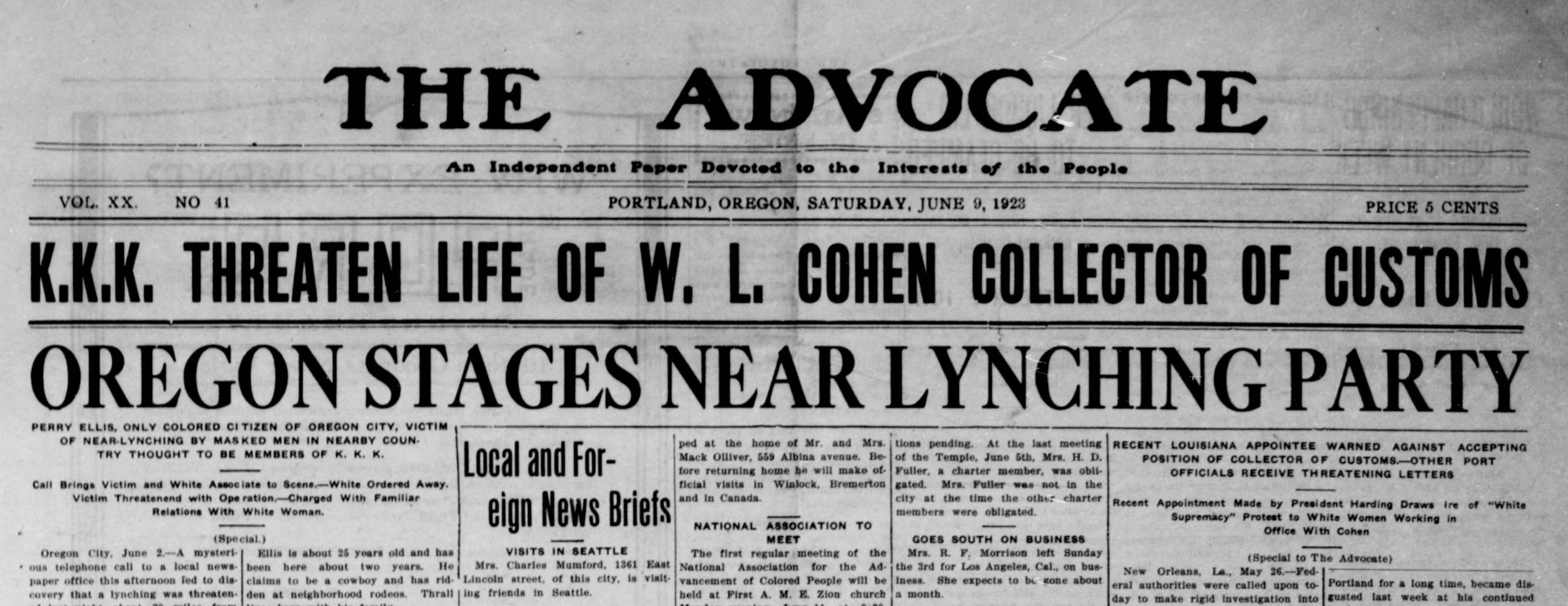The Greatest Guide To News Articles
Table of Contents6 Easy Facts About News Articles DescribedTop Guidelines Of News ArticlesGetting My News Articles To WorkThe smart Trick of News Articles That Nobody is Talking AboutExcitement About News Articles
Great expertise of various subjects offers students an one-upmanship over their peers. Even though electronic and social networks are readily available, we ought to not neglect how essential it is to read the papers. Moms and dads should try and inculcate the practice of checking out a paper as a daily routine to proceed the legacy of the revered print tool.News stories also contain a minimum of one of the following crucial qualities relative to the designated target market: proximity, prestige, timeliness, human interest, peculiarity, or repercussion. The associated term journalese is sometimes made use of, usually pejoratively, to refer to news-style writing. An additional is headlinese. Newspapers normally adhere to an expository writing design.
Within these limits, news tales additionally intend to be extensive. Among the bigger and extra respected papers, justness and equilibrium is a major aspect in offering details.
Newspapers with a worldwide audience, as an example, often tend to make use of a more formal design of creating. The particular options made by a news outlet's editor or editorial board are commonly collected in a style overview; usual design guides include the and the United States News Design Book. The major objectives of information writing can be summarized by the ABCs of journalism: precision, brevity, and quality.
Getting The News Articles To Work
As a regulation, journalists will not use a lengthy word when a brief one will do. They utilize subject-verb-object building and construction and dazzling, active prose (see Grammar). They supply stories, examples and allegories, and they rarely depend upon generalizations or abstract ideas. Information writers attempt to prevent using the exact same word more than as soon as in a paragraph (often called an "resemble" or "word mirror").
Headings in some cases leave out the topic (e.g., "Jumps From Watercraft, Catches in Wheel") or verb (e.g., "Pet cat female fortunate"). A subhead (additionally subhed, sub-headline, subheading, caption, deck or dek) can be either a subordinate title under the major heading, or the heading of a subsection of the short article. It is a heading that comes before the major text, or a team of paragraphs of the primary text.

Extra signboards of any of these kinds might appear later on in the write-up (especially on subsequent pages) to tempt more reading. Such billboards are additionally utilized as guidelines to the short article in various other sections of the publication or site, or as index advertisements for the item in various other publication or websites. Common structure with title, lead paragraph (recap in strong), other paragraphs (details) and visit this site get in touch with info.

Instance of a hard-lead paragraph NASA is proposing an additional space job. The budget requests around $10 billion for the job.
The NASA news came as the firm asked for $10 billion of appropriations for the project. An "off-lead" is the second most essential front web page news of the day. The off-lead shows up either in the top left edge, or directly listed below the lead on the. To "bury the lead" is to start the post with background info or details of second importance to the readers, forcing them to review more deeply into a post than they should need to in order to find the crucial points.
Our News Articles Diaries
Common use is that or more sentences each develop their own paragraph. Journalists normally describe the organization or structure of an information tale as an upside down pyramid. The necessary and most intriguing aspects of a tale are put at the start, with supporting information complying with in order of decreasing relevance.
It permits people to discover a topic to only the deepness that their inquisitiveness takes them, and without the charge of information or subtleties that they can take into consideration irrelevant, however still making that details readily available to a lot more interested readers. The inverted pyramid framework additionally enables articles to be cut to any approximate size during format, to fit in the room readily available.
Some pop over here writers start their stories with the "1-2-3 lead", yet there are lots of kinds of lead offered. This layout usually starts with a "5 Ws" opening paragraph (as explained above), adhered to by an indirect quote that offers to support a major element of the first paragraph, and after that a straight quote to sustain the indirect quote. [] A twist can refer to several points: The last tale current program; a "satisfied" story to finish the program.
Longer posts, such as magazine cover write-ups and the pieces that lead the within areas of a newspaper, are known as. Feature stories differ from straight information in several means. Foremost is the lack of a straight-news lead, a lot of the moment. As opposed to using the significance of a story in advance, attribute writers may attempt to entice readers in.
Unknown Facts About News Articles
A feature's first paragraphs typically connect an interesting minute or event, as in an "anecdotal lead". From the particulars of an individual or episode, its sight rapidly expands to abstract principles regarding the tale's subject.

The Editor's Tool kit: A Reference Overview for Beginners and Professionals (2001) Allan M. Siegal and William G. Connolly. The New York City Times Guidebook of Style and Usage: The Official Design Overview Made Use Of by the Writers and Editors of the World's Most Authoritative Newspaper (2002) M. L. Stein, Susan Paterno, and R.